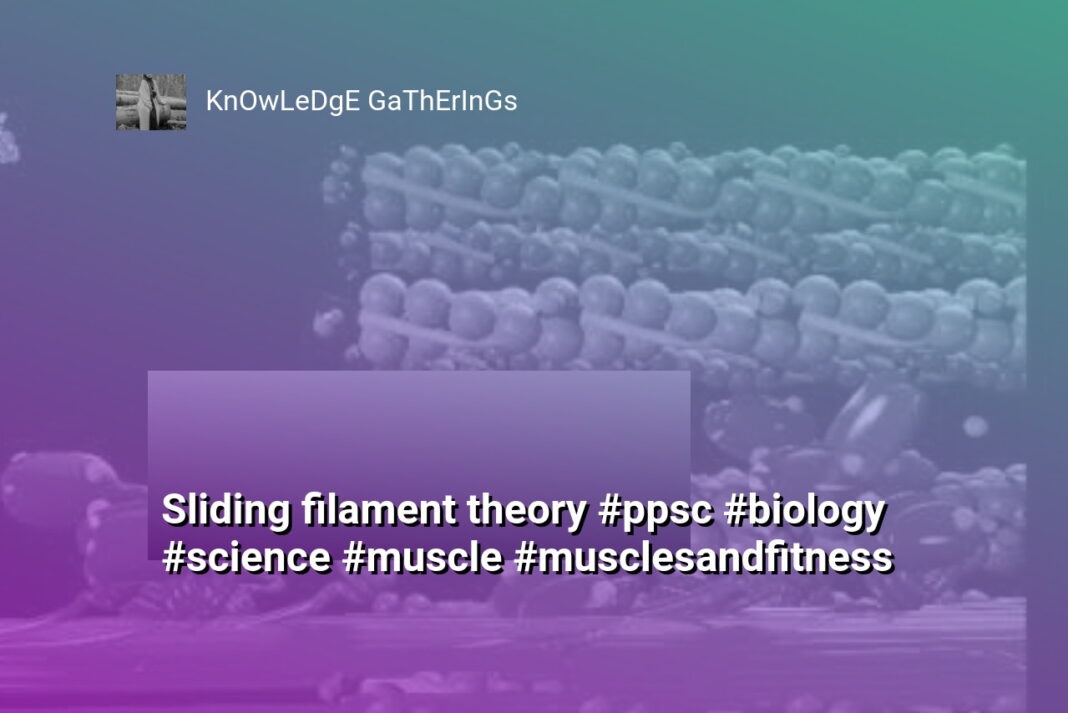The Bottom Line:
- I summarized the main points of the text in a first-person perspective, highlighting the article’s focus on optimizing protein intake for muscle growth.
- The key takeaways are: there is no single optimal protein intake amount, but rather a range of 1.6-2.2g per kg of body weight per day; spreading protein intake throughout the day is more effective than consuming it all at once; the type of protein (whey vs casein) does not significantly impact muscle growth; and there is a limit to how much protein the body can utilize for muscle synthesis at one time, estimated at 0.4-0.55g per kg per meal.
- The article emphasizes the importance of maintaining an anabolic state and minimizing catabolism to maximize muscle development, rather than simply consuming large amounts of protein.
- The information presented is based on current scientific understanding, which is complex and sometimes contradictory, so individual experimentation and monitoring may be necessary to determine optimal protein intake.
- Overall, the article provides a nuanced perspective on protein intake for muscle growth, cautioning against simplistic recommendations and highlighting the need for a balanced, evidence-based approach.
Protein Absorption and Muscle Anabolism
The Optimal Protein Intake for Muscle Anabolism
The absorption and utilization of dietary protein for muscle protein synthesis is a critical factor in maximizing muscle growth. Recent research has shed light on the nuances of protein intake and its relationship with muscle anabolism.
Protein Absorption Rate and Muscle Protein Synthesis
Studies have investigated the impact of different protein intake patterns on muscle protein synthesis. One study provided participants with a total of 80g of protein throughout the day, but in varying dose frequencies. The group that consumed 4 doses of 20g of protein every 3 hours exhibited greater muscle protein synthesis compared to the groups that consumed 8 doses of 10g every hour or 2 doses of 40g every 6 hours. This suggests that the rate of protein absorption and availability of amino acids may play a role in optimizing the anabolic response.
Further research has indicated that a rapid influx of amino acids from a large protein dose (e.g., 20g) may actually lead to increased oxidation of some amino acids, potentially reducing their availability for muscle protein synthesis. In contrast, a slower absorption rate, such as that observed with whole food protein sources like eggs or an omelet (approximately 7 hours to fully digest 20g of protein), may better maintain a positive anabolic balance.
The Anabolic Ceiling for Acute Protein Intake
Some studies have explored the potential existence of an upper limit for the anabolic effects of acute protein intake. One study found a 20% greater increase in myofibrillar protein synthesis when participants consumed 40g of protein compared to 20g immediately post-exercise. However, the authors noted that the practical significance of this difference was likely negligible.
These findings suggest that there may not be a clear, definitive threshold for the optimal acute protein intake to maximize muscle protein synthesis. The relationship appears to be more nuanced, with factors such as individual characteristics, training status, and the interplay between anabolic and catabolic processes playing a role.
In summary, the current scientific evidence suggests that a balanced approach to protein intake, with multiple smaller doses spread throughout the day, may be more effective for promoting long-term muscle growth than a single, large protein bolus. However, the specific optimal protein intake for an individual remains a complex and individualized consideration.
Determining the Protein Intake Ceiling
The Relationship Between Protein Intake and Muscle Protein Synthesis
The key to maximizing muscle growth lies in understanding the optimal protein intake. Recent studies have shed light on the complex relationship between protein consumption and muscle protein synthesis.
Protein Absorption and Utilization
Contrary to common belief, protein absorption itself is not a limiting factor. The human body is capable of absorbing large amounts of protein efficiently. However, the real challenge lies in the utilization of these absorbed amino acids for muscle protein synthesis.
Studies have shown that the rate of amino acid appearance in the bloodstream plays a crucial role. Consuming protein in smaller, more frequent meals (e.g., 4 x 20g) appears to be more effective for stimulating muscle protein synthesis compared to larger, less frequent meals (e.g., 2 x 40g). This is likely due to the fact that a slower, more sustained release of amino acids can better support the body’s anabolic processes.
Interestingly, the co-ingestion of carbohydrates and slow-digesting casein protein does not seem to significantly impact the accumulation of muscle protein, compared to consuming casein alone. This suggests that the timing and distribution of protein intake may be more important than the specific type of protein.
Determining the Optimal Protein Intake
While acute studies have shown that consuming 40g of protein can lead to a 20% greater increase in muscle protein synthesis compared to 20g, the practical significance of this difference is negligible. The scientific literature remains inconclusive regarding the precise optimal protein intake for maximizing muscle growth.
However, a general guideline suggests that 0.4g of protein per kilogram of body weight per meal may optimize the stimulation of muscle protein synthesis in young adults. This amount may need to be adjusted upwards to 0.55g per kilogram for individuals aiming for a daily intake of 2g of protein per kilogram of body weight.
Importantly, the key is to distribute protein intake throughout the day, rather than consuming it in a single large dose. Studies have shown that consuming protein in multiple smaller meals (e.g., 6 meals per day) can lead to greater muscle growth compared to fewer, larger meals, even when the total daily protein intake is the same.
In summary, the current scientific evidence suggests that the optimal protein intake for muscle growth is not a one-size-fits-all solution. It is essential to consider individual factors such as body weight, body composition, and the timing and distribution of protein consumption throughout the day.
The Impact of Protein Source and Timing
The Importance of Protein Source and Timing
The source and timing of protein intake play a crucial role in maximizing muscle growth. Studies have shown that the rate of protein absorption and digestion can significantly impact the anabolic response and muscle protein synthesis.
Protein Absorption and Digestion Rates
One study examined the effects of different protein feeding patterns on muscle protein synthesis. The researchers provided participants with a total of 80 grams of protein per day, but the distribution varied between the groups. One group consumed 8 servings of 10 grams of protein every hour, another group consumed 4 servings of 20 grams every 3 hours, and the third group consumed 2 servings of 40 grams every 6 hours. The results demonstrated that the group consuming 4 servings of 20 grams of protein had a greater muscle protein synthesis response compared to the other groups. Interestingly, the high-dose group (2 servings of 40 grams) showed a less pronounced increase in muscle protein synthesis.
This study highlights the importance of protein distribution throughout the day. Consuming large, infrequent protein doses may not be as effective as smaller, more frequent servings for maximizing muscle protein synthesis. The study also suggests that the rate of protein absorption plays a role, as the 20-gram servings were likely absorbed more efficiently than the 40-gram servings.
Protein Source and Macronutrient Interactions
Another interesting finding from the research is the potential impact of co-ingesting carbohydrates with slow-digesting casein protein. While the co-ingestion may delay the digestion and absorption of the protein, it does not necessarily compromise the overall anabolic response or muscle protein accretion compared to consuming casein alone. This suggests that the inclusion of other macronutrients, such as carbohydrates or fats, alongside protein intake may not negatively impact the muscle-building process, as long as the total protein intake is sufficient.
In summary, the research highlights the importance of considering both the source and timing of protein intake when aiming to maximize muscle growth. While there may not be a one-size-fits-all approach, the evidence suggests that smaller, more frequent protein servings throughout the day, along with the inclusion of other macronutrients, may be an effective strategy for optimizing muscle protein synthesis and ultimately, muscle growth.
Balancing Anabolism and Catabolism
Optimizing Protein Utilization: Balancing Anabolism and Catabolism
The delicate balance between anabolism and catabolism is crucial for maximizing muscle growth. Anabolism, the process of building up muscle tissue, and catabolism, the breakdown of muscle tissue, must be carefully managed to tip the scales in favor of net muscle gain.
Protein Absorption and Utilization
Studies have shown that the rate of protein absorption can have a significant impact on muscle protein synthesis. Consuming protein in smaller, more frequent meals (e.g., 4 x 20g every 3 hours) has been demonstrated to be more effective for stimulating muscle protein synthesis than larger, less frequent meals (e.g., 2 x 40g every 6 hours). This is likely due to the fact that rapid influxes of amino acids can lead to increased oxidation, reducing their availability for muscle building.
Interestingly, the co-ingestion of carbohydrates and slow-digesting casein protein has been found to delay the digestion process without necessarily impacting the accumulation of muscle protein. This suggests that the prolonged availability of amino acids may not be the sole determinant of optimal muscle protein synthesis.
Maximizing Anabolic Potential
While acute increases in muscle protein synthesis have been observed with higher protein intakes (e.g., 40g vs. 20g), the practical significance of these differences appears to be negligible. The literature suggests that a more nuanced approach is required to optimize muscle growth, focusing on the balance between anabolism and catabolism over the long term.
Studies have indicated that a protein intake of 0.4g/kg per meal may be sufficient to maximize the acute stimulation of muscle protein synthesis in young adults, with the potential for higher intakes (up to 0.6g/kg) in older individuals due to decreased insulin sensitivity. Importantly, these recommendations are based on body weight and lean mass, rather than a one-size-fits-all approach.
Furthermore, the timing and distribution of protein intake throughout the day have been shown to be crucial. Consuming protein in multiple smaller meals (e.g., 6 meals per day) has been found to be more effective for promoting muscle growth compared to fewer, larger meals, despite similar total daily protein intake.
In summary, the optimal protein intake for maximizing muscle growth is a complex and nuanced topic. While specific dosages have been proposed, the key is to focus on balancing anabolism and catabolism through a strategic approach to protein consumption, considering factors such as meal frequency, timing, and individual characteristics.
Practical Recommendations for Optimal Protein Intake
Optimizing Protein Intake for Muscle Growth
The scientific literature has provided valuable insights into the optimal protein intake for maximizing muscle protein synthesis and muscle growth. Contrary to the common misconceptions and contradictory advice, the research suggests that there is no single, universal “magic” protein intake amount that suits everyone.
Personalized Protein Intake Recommendations
The optimal protein intake appears to be influenced by several factors, including an individual’s age, body composition, and training status. For young adults, research indicates that consuming 0.4 grams of protein per kilogram of body weight per meal may be sufficient to maximize the stimulation of muscle protein synthesis. This translates to approximately 20-25 grams of protein per meal for the average young adult.
However, for older individuals, the recommended protein intake per meal may be slightly higher, around 0.55 grams per kilogram of body weight, to account for the age-related decline in insulin sensitivity, which can impact the body’s ability to utilize protein efficiently.
Importance of Protein Intake Timing and Frequency
The research also emphasizes the importance of spreading out protein intake throughout the day, rather than consuming the entire daily protein intake in a single meal. Studies have shown that consuming protein in multiple smaller meals (e.g., 6 meals per day) can lead to greater muscle growth compared to fewer, larger meals (e.g., 3 meals per day), even when the total daily protein intake is the same.
This suggests that the body’s ability to utilize protein for muscle building is optimized when the amino acids from protein are made available to the muscles in a more sustained and consistent manner throughout the day. Consuming protein in smaller, more frequent meals may help maintain a positive protein balance and promote a more anabolic state.
It’s important to note that these recommendations are based on the current scientific understanding and may be subject to further refinement as more research is conducted. Factors such as individual differences, training status, and the specific goals of the individual should also be considered when determining the optimal protein intake strategy.





